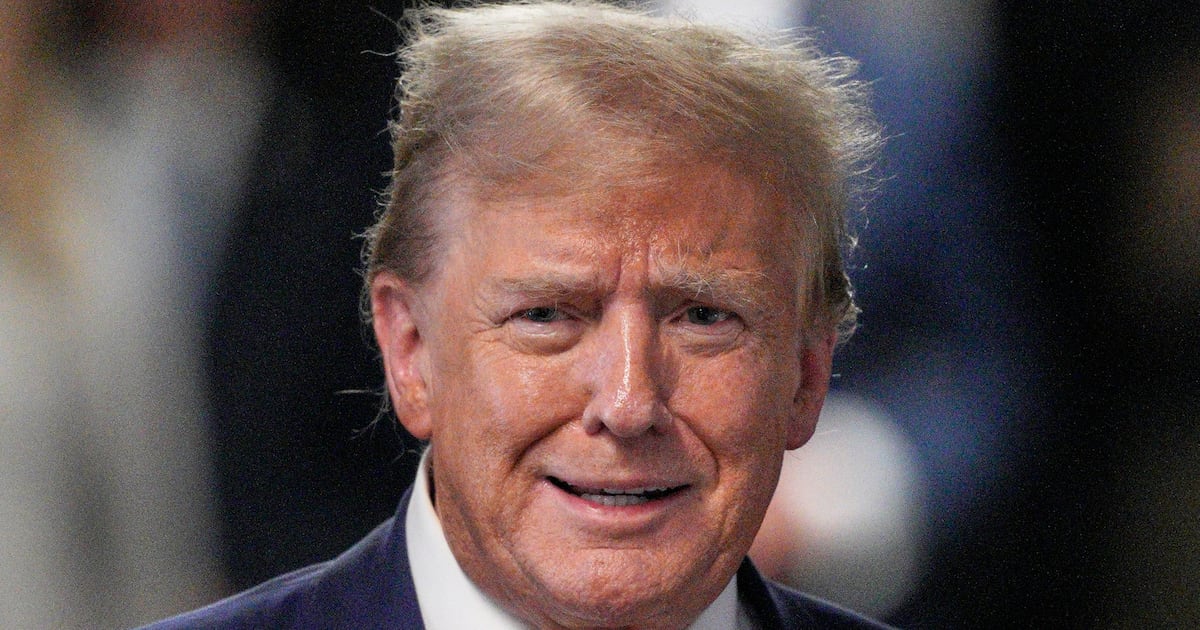If you want to be part of a YouTube vlog crew, you've got to wear the merch. And one man in L.A., who’s much richer now than he was a couple of years ago, has figured that out.
Over the past year the market for YouTuber and social media influencer merchandise has exploded, generating millions of dollars in sales and creating a fertile back-up revenue stream for creators. That's become important as a wave of demonetization has swept the platform and several major brands have become skittish on advertising next to sometimes horrifying, sometimes racist content found there.
Since 2016 more than 40 top YouTubers including Casey Neistat, Jake Paul, and Jiffpom, an Instagram famous dog with more than 7 million followers on Instagram, have launched their own merch lines, all in partnership with a young ecommerce platform called Fanjoy.
The man reaping the benefits of that new class of celebrity is 30-year-old Los Angeles resident Chris Vaccarino.
Vaccarino founded Fanjoy in 2014 after going on tour with his brother's band, A Great Big World. He realized that, while the band was successfully selling concert tees and swag on the road, they weren't taking advantage of the internet or selling products online.
Fanjoy began by creating custom gift boxes for musicians, including his brother's band, that fans could buy or subscribe to receive on a quarterly basis. "At the time Birchbox was doing well, so we initially did quarterly care packages," Vaccarino told The Daily Beast.
From 2014 to 2016, Fanjoy produced gift boxes for artists such as Hilary Duff, Mariah Carey, and Pentatonix. The company was shipping around 23,000 boxes by the end of 2016 and on track to do $1.2M in sales. Then, Vaccarino met Jake Paul.
Jake Paul is a social media influencer and YouTube superstar with over 30 million followers on social media.
But Vaccarino stumbled into his world haphazardly.
In late 2016, he noticed that a lot more kids were getting famous via social media platforms, yet didn't appear to be hitting up any of their fans for tee shirt money.
"I noticed these kids who were getting hundreds of thousands of likes on Instagram," Vaccarino said. "I had no idea who they were but I knew I needed new talent to work with. So, I just went to kids' Instagram pages, looked at their YouTube pages, and emailed them."
He ended up emailing two members of Team 10, a leading vlog crew run by Paul, and was shocked when Paul himself responded.
The two set up a meeting in L.A. and quickly hit it off. Together, they launched Paul's first piece of merchandise, a Jake Paul sweatshirt, on Fanjoy in December 2016 and it was an instant hit.
Vaccarino realized that, unlike the traditional musicians and artists he had worked with previously, internet influencers like Paul were brilliant at promoting their own products.
"These kids are super young and hungry," Vaccarino said, adding that most of his influencer clients are around 18 to 20 years old. YouTube stars usually haven't done merchandise deals in the past, so the way they approach selling their products is radically different—and much more craven—than older, more traditional stars.
Many, like Paul, have come up with newer ways to promote their items. Paul recently released an entire Christmas song on Spotify called "Fanjoy to the World" with lyrics like, "Fanjoy to the world, my merch has come." At one point Paul actually spells out letter by letter, the full URL to his Fanjoy store.
His fans, mostly teens and pre-teens, play the song on loop, despite its entire existence being owed to taking their money.
"When he read me the lyrics, I was like, ‘Dude, are you serious?’" Vaccarino said. "I mean, who else has done that? Other people would be scared to post something like that song but with Jake, he's like, ‘What else I can do to go over the top and get people talking?’"
The type of shameless promotion that YouTubers engage in on a daily basis is radically different from what Vaccarino had experienced with traditional artists.
"When it comes to selling something, with bands and traditional musicians, it's not their priority. They're like, ‘How do I make good music?’ And just assume the money will follow. They will be apologetic about selling merch,” he said.
"YouTubers are like, ‘How can I sell as much as possible to these fans who want to be sold to?’"
YouTuber fans’ appetite for merch, considering much of their money is probably their parents’ money, is also insatiable.
Vaccarino said that while a musician's fan might buy and wear a tour tee as memorabilia, YouTuber merch is all about buying into the internet star lifestyle.
Kids watch their favorite stars several times a week, if not every day, and are being bombarded with images of influencers wearing their own merch in every video.
"YouTubers are constantly wearing their own products," Vaccarino said. "Fans want to feel like they're involved in their favorite YouTuber's lives. They feel like they're such good friends with these people, and wearing their merch makes them feel like part of the crew."
After Casey Neistat, a YouTuber with over 8 million subscribers launched his first merch line with Fanjoy in December, fans flooded Twitter with their excitement.
Fanjoy has already shipped out over 800,000 products this year and things are ramping up as the holidays approach.
As more YouTubers enter the merch space, Fanjoy has gone from just Vaccarino, his fiancée, and a couple friends shipping boxes out of his garage to a booming ecommerce company with over 25 employees and growing.
In 2018, Vaccarino also plans to expand into live events and organize more pop-up shops that double as YouTuber meet and greets.
In the meantime, he is constantly scouring the internet for new influencers, often teenagers, to monetize.
"We're always looking for new talent on new platforms," he said. "We pay attention to where new superstars are emerging. We look at different apps. Some superstars on Musical.ly, for instance, are only twelve to thirteen years old with millions of followers. So for us it's like, ‘How do we get to that new talent before anyone else?’"






